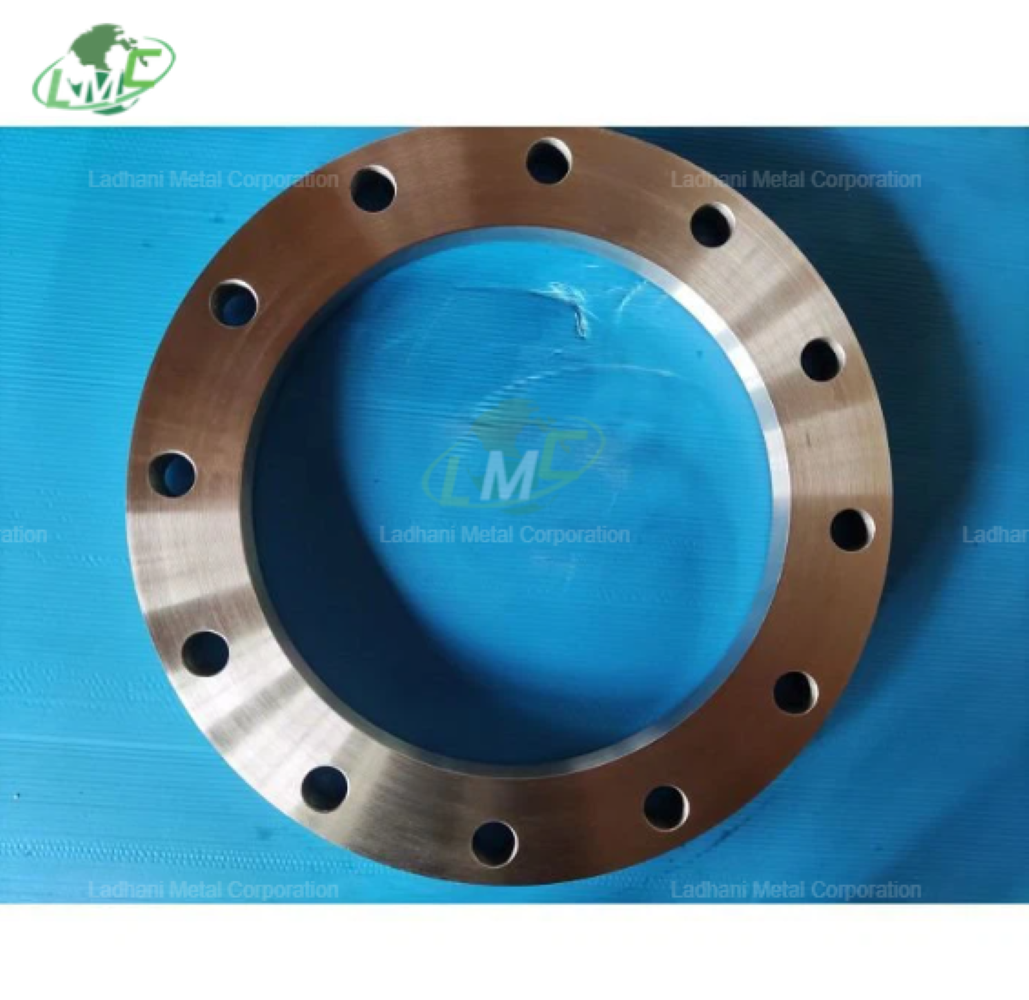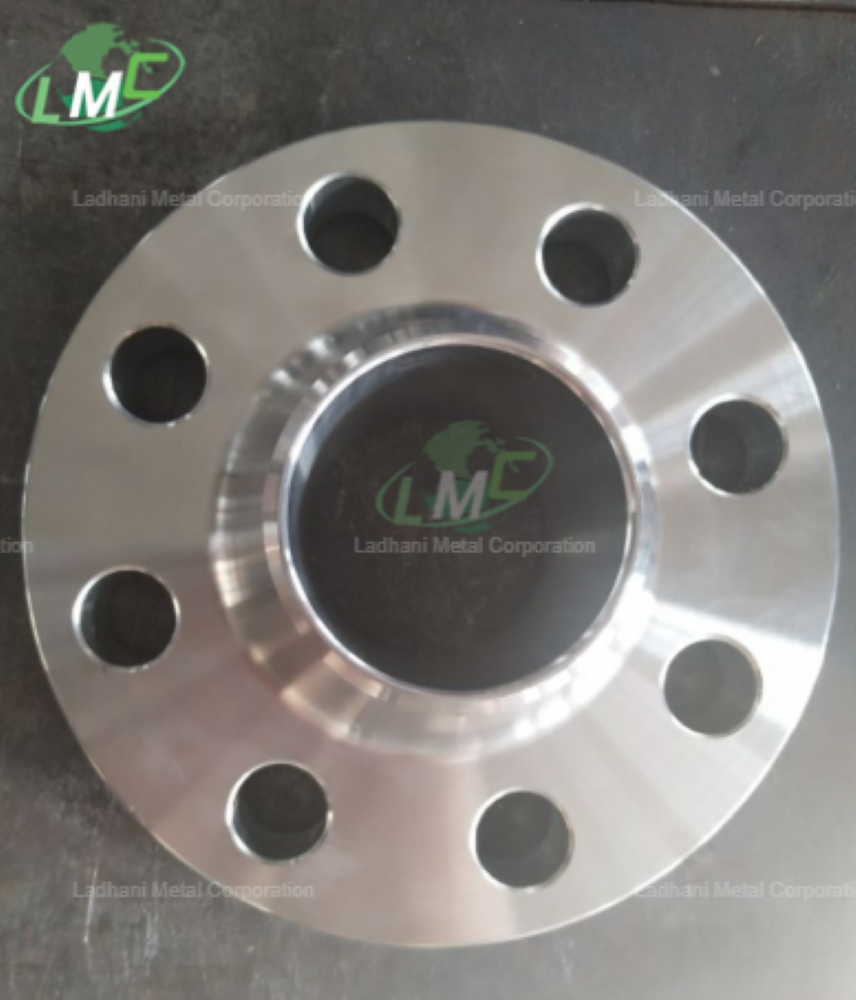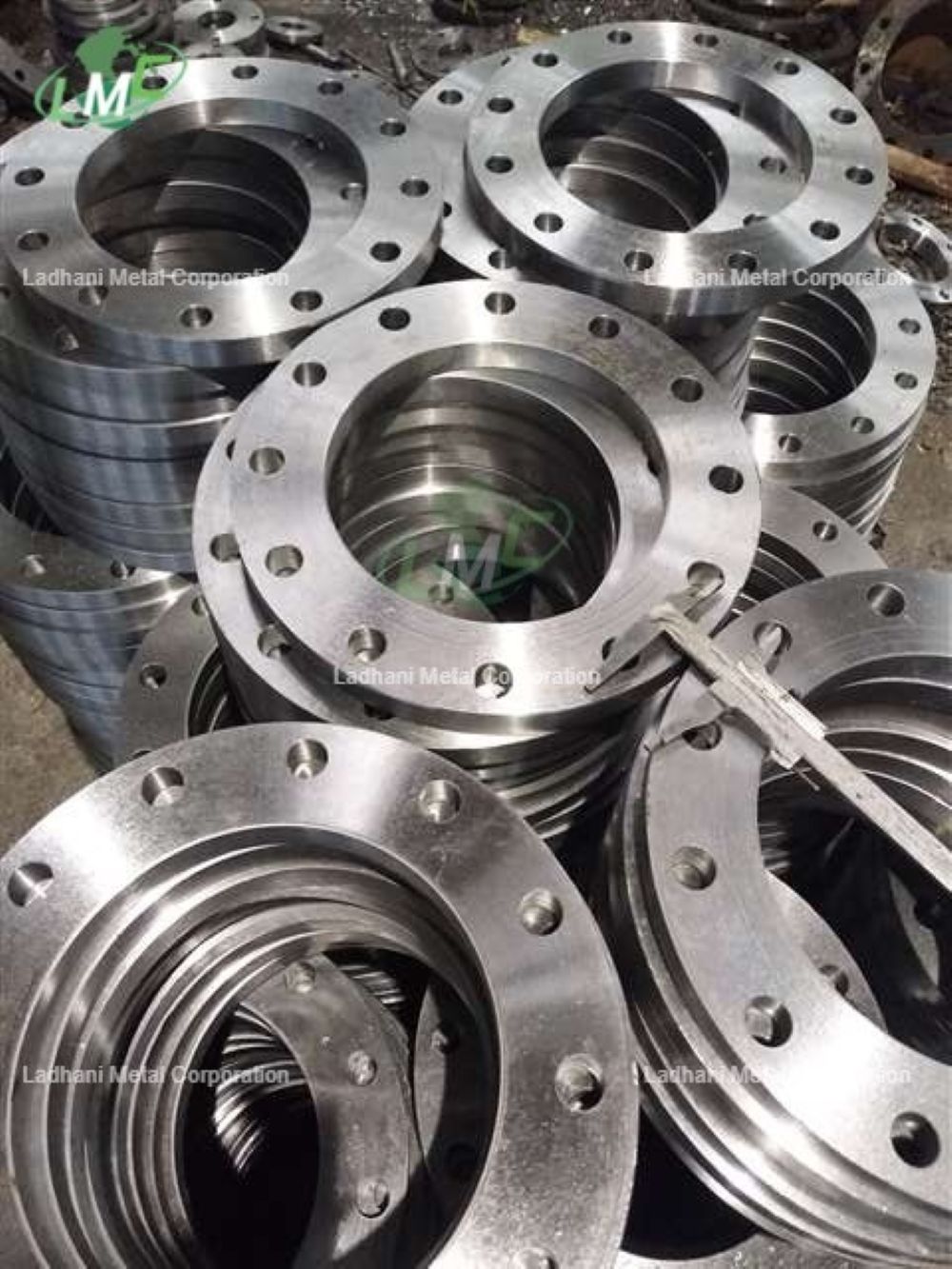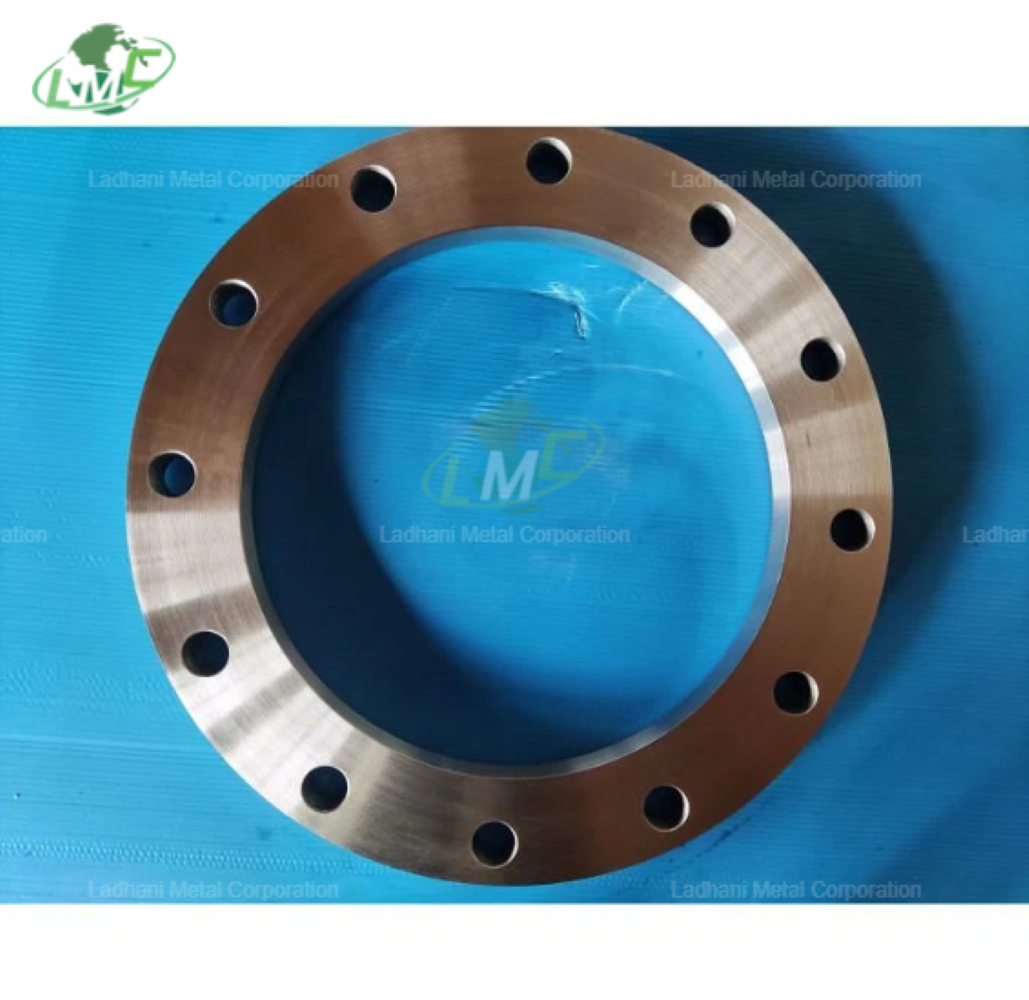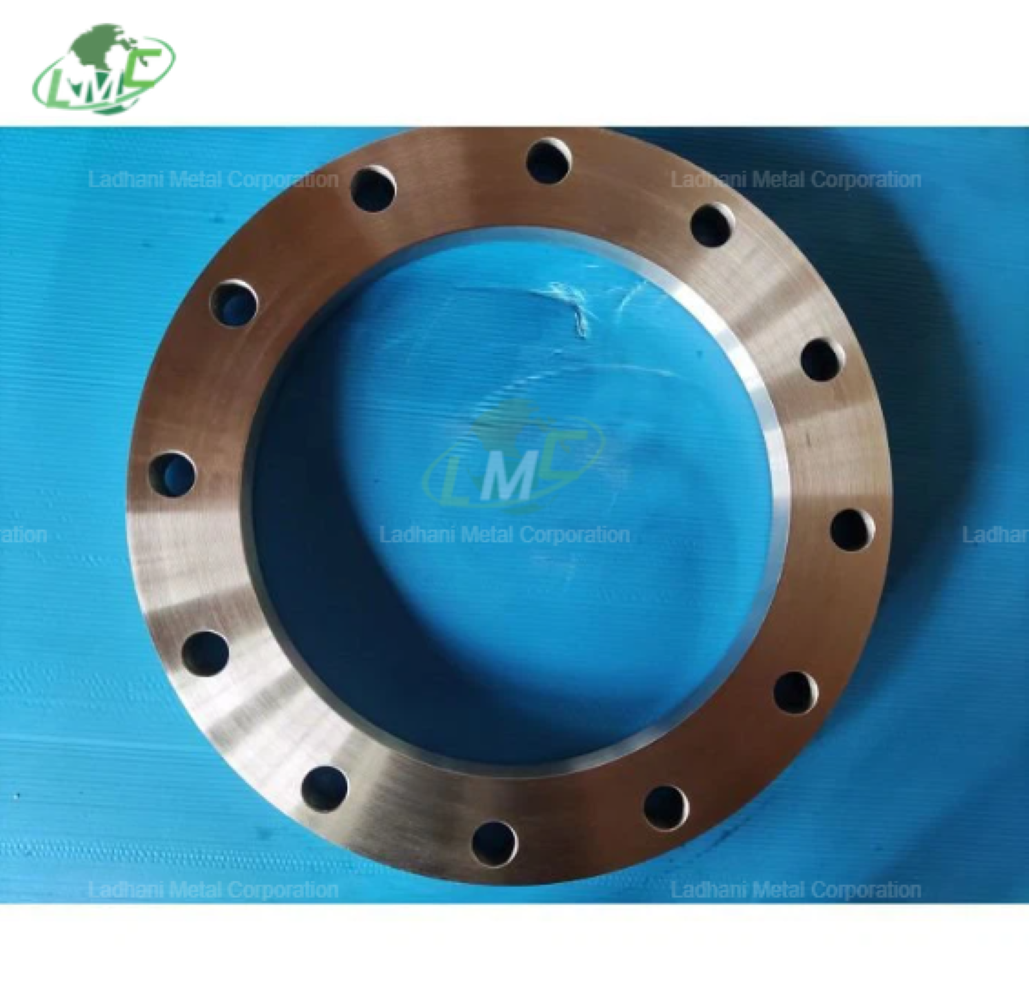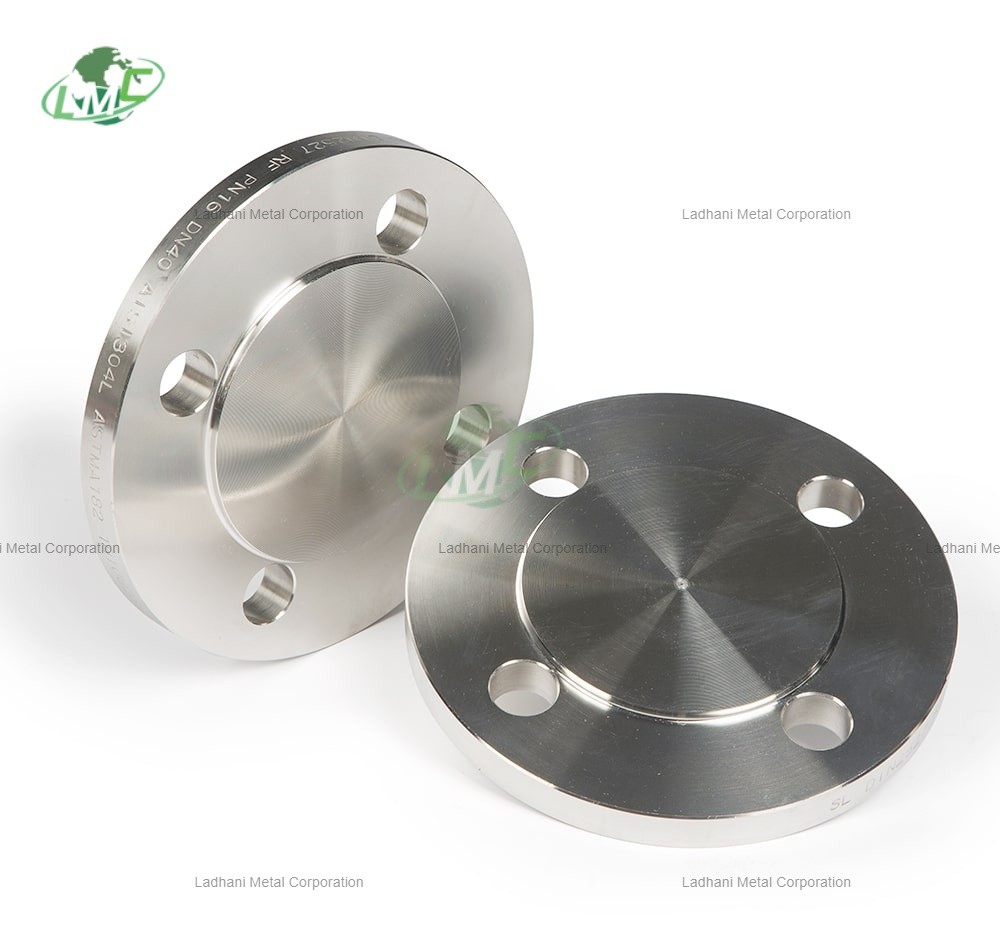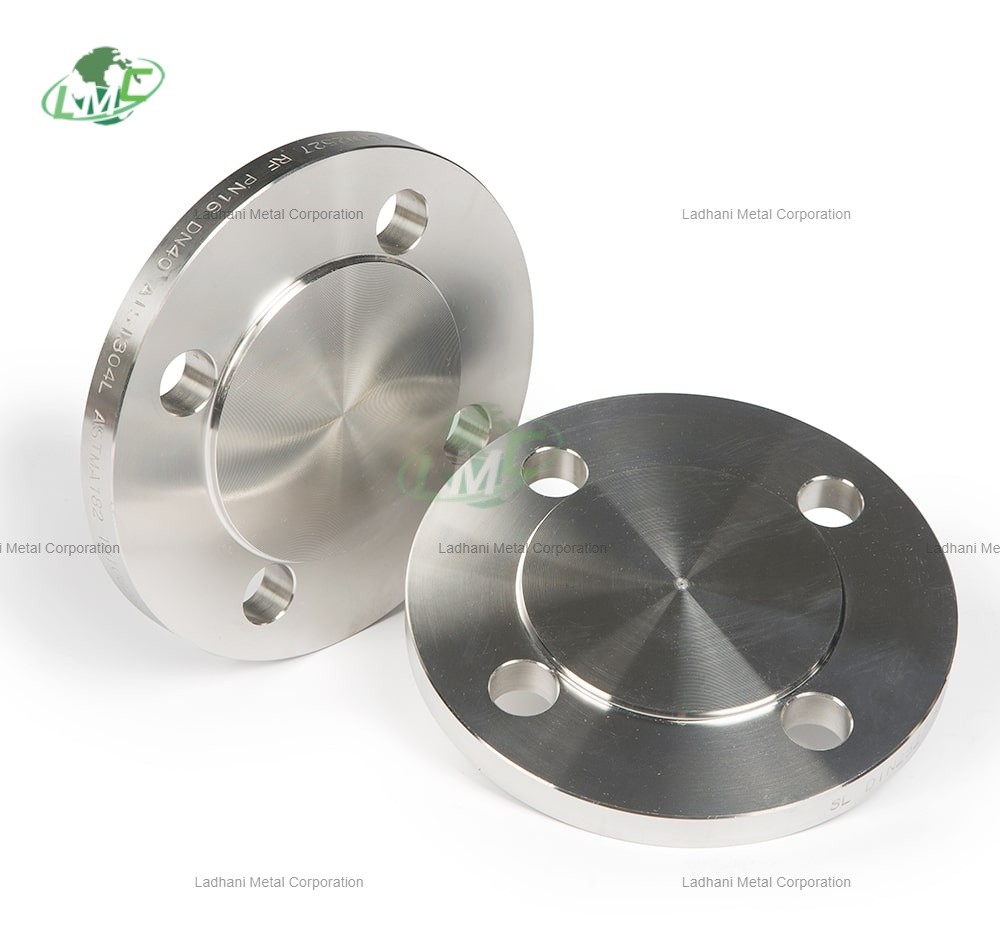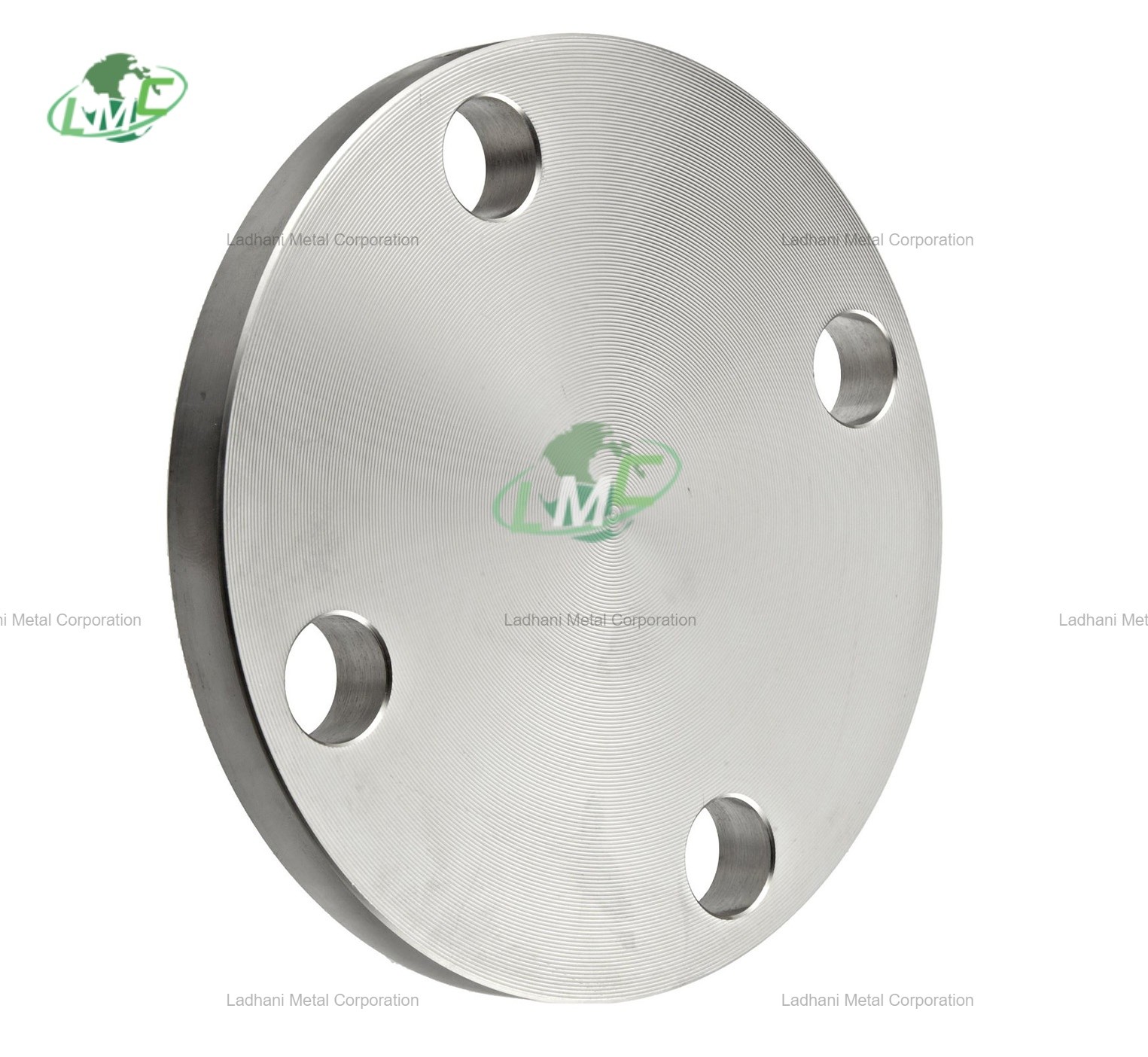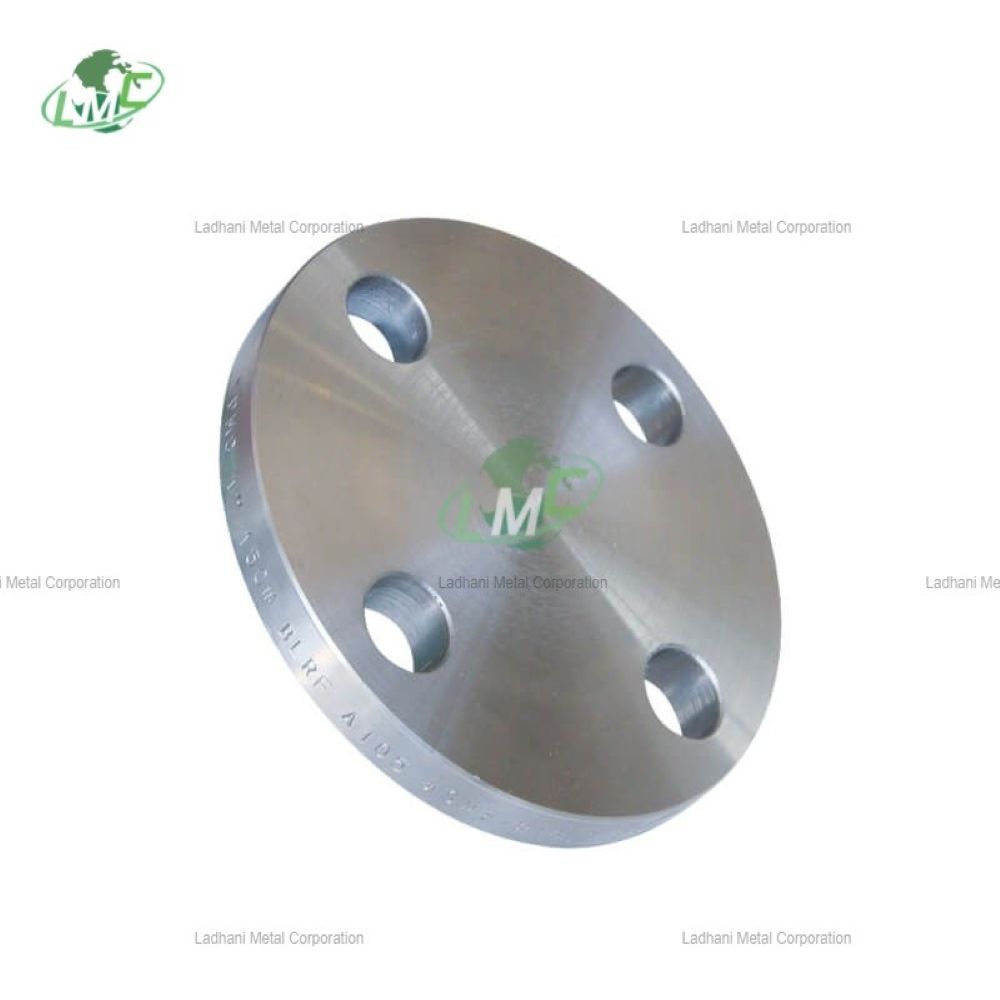DIN 2573 Carbon Steel Flanges PN 6 are robust, low-pressure plate flanges manufactured from high-quality carbon steel, specifically developed for general-purpose applications in non-corrosive to mildly corrosive environments. These flanges are designed in accordance with the DIN 2573 standard and are widely used in industrial piping systems where moderate strength and affordability are key requirements. Their simple design and ease of installation make them suitable for low-pressure fluid transfer, air, steam, and water systems across various industries. Ladhani Metal Corporation is a reputable manufacturer and exporter of carbon steel flanges, offering products that adhere to strict international quality and dimensional standards. The DIN 2573 plate flange configuration provides a secure, gasket-sealed connection, ensuring reliable performance even in basic utility and mechanical piping systems. Pressure Rating: • PN 6 (6 bar / 87 psi): Suitable for low-pressure applications involving air, water, oil, and non-aggressive fluids in industrial or mechanical systems. Flange Types: • Plate Flanges Flat flanges designed for easy bolting and gasket sealing, offering a reliable connection in low-pressure systems. • Flat Face (FF) Flanges Ideal for systems using cast iron or non-metallic components, these flanges provide uniform gasket compression and reduce the risk of flange distortion. • Slip-On Flanges These flanges slide over the pipe and are welded on both sides, ensuring secure attachment and proper alignment in basic fluid and gas systems. • Custom-Machined Flanges Available in a variety of sizes and finishes, custom carbon steel flanges can be tailored to meet project-specific requirements. Carbon Steel Grades and Composition: Carbon Steel A105 (Forged) Composition: • Carbon (C): 0.35% max • Manganese (Mn): 0.60 – 1.05% • Phosphorus (P): 0.035% max • Sulfur (S): 0.040% max • Silicon (Si): 0.10 – 0.35% • Iron (Fe): Balance Applications: A105 carbon steel is commonly used for flanges in ambient and elevated temperature service, especially in oil and gas, water transmission, and mechanical systems. Its good machinability and weldability make it a cost-effective choice for general use. Carbon Steel ST37 / S235JR Composition: • Carbon (C): 0.17 – 0.20% • Manganese (Mn): ≤ 1.4% • Phosphorus (P) and Sulfur (S): ≤ 0.045% • Iron (Fe): Balance Applications: Used in structural piping, water distribution, fire protection systems, and low-pressure industrial piping. ST37/S235JR flanges offer reliable performance in applications where corrosion is minimal and pressure requirements are moderate. Applications of DIN 2573 Carbon Steel Flanges: • Water Distribution Systems: Used in water pipelines, treatment plants, and municipal systems where pressure ratings are low and material strength is sufficient. • HVAC and Utility Systems: Ideal for heating, ventilation, and cooling systems that operate under low pressure with non-corrosive fluids. • Oil and Gas (Low Pressure Segments): Applicable in low-pressure oil pipelines, tank farms, and non-critical utility lines. • General Industrial Piping: Widely used in manufacturing facilities for compressed air, inert gas lines, and general fluid handling. • Fire Protection Systems: Carbon steel flanges are commonly used in fire sprinkler systems and standpipe installations. Key Features: • Manufactured according to DIN 2573 specifications • PN 6 pressure rating for low-pressure fluid and utility applications • Excellent strength, machinability, and weldability • Cost-effective solution for non-aggressive environments • Available in A105, ST37, S235JR, and other carbon steel grades • Suitable for mechanical systems, utilities, and water transmission • Custom face finishes, drilling, and dimensions available Conclusion: DIN 2573 Carbon Steel Flanges PN 6 from Ladhani Metal Corporation offer a durable and economical choice for a wide range of low-pressure applications. Combining structural strength with manufacturing precision, these flanges are ideal for utility piping, water distribution, and general industrial use. For detailed technical support, custom dimensions, or pricing inquiries, contact Ladhani Metal Corporation today. 📞 Contact Ladhani Metal Corporation Website: https://www.ladhanimetal.in/ https://www.ladhanimetal.com/ Email: info@ladhanimetals.com Request a Quote: Custom dimensions, materials, and finishes available upon request
Send Message
